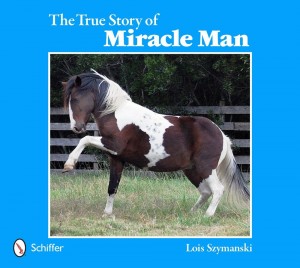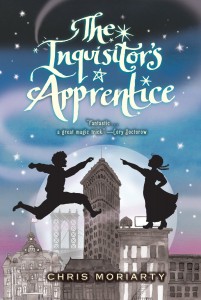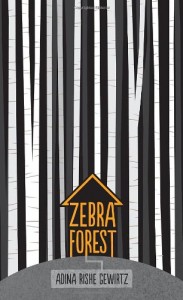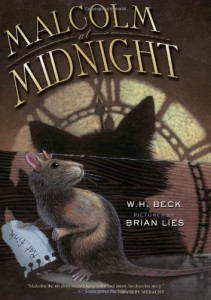Written by Elizabeth MacLeod
How did King Tut die? Who was the man in the Iron Mask? Who killed the Mayan royal family? Bones Never Lie: How Forensics Helps Solve History’s Mysteries probes into these mysteries and more through the lens of forensic analysis. This book, aimed at the fifth grade level, builds on the intrigue of ancient murder, disappearing royalty, sabotage, and other crimes. It will appeal to history enthusiasts as well as those with an analytical mind who enjoy solving puzzles.
Seven historical puzzles are presented in separate chapters. Each begins with a “Crime-Solver’s Arsenal” blurb that addresses one forensic tool or technique (such as DNA analysis, deductive reasoning, medical imagery) used by modern investigators to delve into age old conundrums. The mystery itself is presented in a you-are-there voice and includes sensory details that bring the story to life but make this section feel fictionalized. Historical information is presented in two sections of varying length, followed by sections on clues, suspects/speculation, and verdict.
Bones Never Lie hooks readers with the gruesome deaths of the past and allows them to see the value of deductive reasoning, analyzing all the evidence, questioning the source of information and the use of technology in a historical context. As is true with many crimes, a number of the mysteries in the book are unresolved. This may disappoint readers, but has the advantage of exposing readers to the many historical questions which remain to be solved.
Upon first reading, readers may be confused by the non-chronological presentation of the mysteries. This approach allows MacLeod to sequence the book by forensic technique, building conceptually from the more well-known archeological techniques to the more complex DNA analysis.
The text is visually supported by historical photographs (portraits of individuals, photos of letters, etc.), images of modern technology (CT scans, models of DNA, etc), spot art in the margins, and eye-catching chapter openers (an ashen foot with a tag attached, a hand holding a pistol, etc). Although the spot art of a microscope, test tubes, latex gloves, an evidence bag and more works well in the first chapter, it is repeated throughout the book with no obvious connection to the text it accompanies. It loses its positive effect. Informative sidebars are placed within the frame of an electronic device such as a tablet, a graphic probably intended to appeal to readers interest in current technology, but this technique seemed forced at times.
Teachers might choose to use the book to support curriculum on the fifth grade level and higher as the concepts, vocabulary, reading level and comprehension will challenge upper elementary and some middle school students. Bones Never Lie could also used as for teaching the usefulness of a timeline, index, glossary, and other components found in informational texts. The concept of using grim riddles from the past, combined with intriguing crime-solving tools of the present is the strength of the book and may be just the hook for students entranced by recent forensic shows on television.
 Title: Bones Never Lie: How Forensics Helps Solve History’s Mysteries
Title: Bones Never Lie: How Forensics Helps Solve History’s Mysteries- Author: Elizabeth MacLeod
- Publisher: Annick Press
- Reviewer: Heather L. Montgomery
- Paperback: 156 p.
- ISBN: 978-1-55451-482-3
- Genre: Nonfiction, history, forensics









